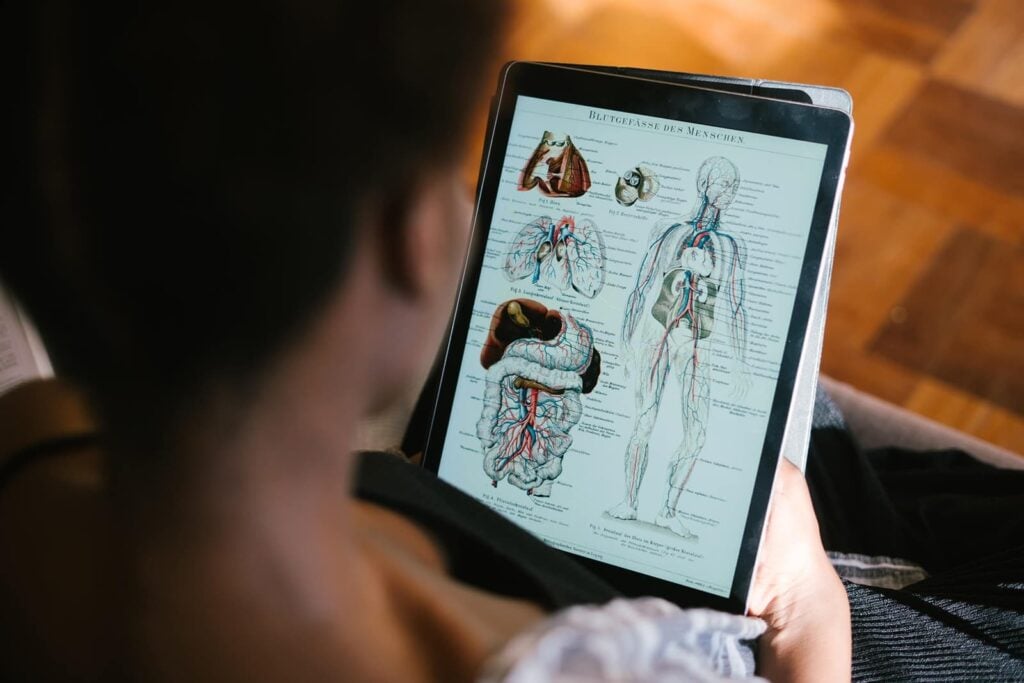This article delves into the crucial developments occurring in the adolescent brain and explains how counselors can apply these insights to better support their students.
Unlocking the complexities of adolescent brain development, this article offers invaluable insights for counselors navigating students through higher education choices. By understanding the evolving brain landscape, counselors can provide tailored support, from decision-making guidance to emotional regulation strategies, ensuring adolescents emerge as confident, well-prepared young adults.
Guiding adolescents through the process of selecting and applying to higher education institutions demands a deep understanding of the unique cognitive and emotional landscapes they navigate. This knowledge not only demystifies many aspects of teenage behavior and learning but also enhances strategies for emotional regulation and personal development. This article delves into the crucial developments occurring in the adolescent brain and explains how counselors can apply these insights to better support their students.
Understanding adolescent brain development
Adolescence is a critical period of brain development, characterized by significant changes that influence behavior, learning abilities, and emotional control. Neuroscience has identified several key areas of development during these years:
- Prefrontal cortex development: The prefrontal cortex, responsible for decision-making, problem-solving, and impulse control, continues to mature into the mid-20s. This late development can explain the impulsive and sometimes risky behaviors seen in teenagers.
- Limbic system changes: The limbic system, which regulates emotions and reward processing, is highly active during adolescence. This can lead to heightened emotional responses and a greater sensitivity to social acceptance and rejection.
- Synaptic pruning and myelination: During adolescence, the brain undergoes extensive synaptic pruning, where unused neural connections are eliminated, and myelination, which speeds up the processing of neural signals. These processes enhance the brain’s efficiency but can also influence learning patterns and memory.
Implications for counselors
With these developmental insights, counselors are better equipped to address the unique challenges and needs of adolescents:
- Behavioral guidance: Understanding that the prefrontal cortex is still developing, counselors can help guide adolescents in decision-making processes, offering structured choices and discussing potential consequences more explicitly.
- Emotional support: Recognizing the increased reactivity of the limbic system allows counselors to validate adolescents’ feelings and help them develop strategies for emotional regulation, such as mindfulness and stress management techniques.
- Learning strategies: Awareness of synaptic pruning and myelination informs counselors about the importance of reinforcing learning through repetition and application. This can shape how they support academic skills and study habits.
Neuroscience-based counseling techniques
- Cognitive Behavioral Therapy (CBT): This technique is effective in helping adolescents understand the connection between their thoughts, emotions, and behaviors, promoting better self-regulation.
- Brain-based learning strategies: Counselors can implement teaching strategies that align with how the brain learns best, such as using visual aids, storytelling, or problem-solving tasks that align with real-world scenarios.
- Social-Emotional Learning (SEL): Programs that focus on developing skills like empathy, resilience, and interpersonal communication can be particularly beneficial during this developmental stage.
By leveraging neuroscientific principles, counselors can tailor their approach to better support each student’s unique needs. This may involve providing structured decision-making frameworks, incorporating stress-management techniques, and fostering a nurturing environment that acknowledges the emotional complexities of the university application process. Ultimately, understanding the wiring of the adolescent brain will empower counselors to become more effective guides, in turn helping teenagers navigate the often-turbulent waters of adolescence and emerge as confident, well-adjusted young adults.


